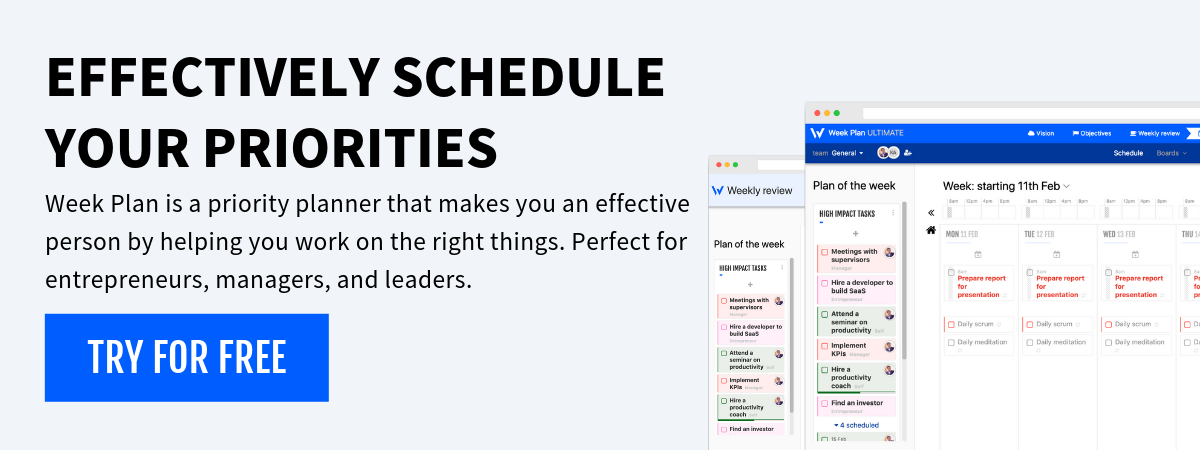Time logging is a systematic practice aimed at documenting the amount of time spent on different activities throughout one’s day. This meticulous approach to tracking time helps individuals gain a precise understanding of how their time is allocated across various tasks and responsibilities. Whether for work, study, or personal interests, time logging can be a revealing exercise that shines a light on one’s actual time use versus perceived time use.
The Foundation of Time Logging
Time logging involves the detailed recording of activities with the specific time spent on each task. This can range from professional assignments and meetings to personal care activities and leisure time. The practice can be undertaken using various methods, from simple pen and paper to sophisticated digital applications designed for time tracking.
Importance in Context of Time Management
While time logging itself is a neutral tool, its relevance becomes particularly pronounced in the context of time management. By providing a clear and objective overview of how time is spent, it empowers individuals to make informed decisions about their daily routines and long-term schedules. This heightened awareness can lead to more effective time management practices, prioritizing tasks that align with personal and professional goals.
Key Aspects of Time Logging
Methodologies of Time Logging
Time logging can be approached through both traditional and digital means. Traditional time logging might involve keeping a physical diary or journal where activities and their durations are recorded manually. On the digital front, numerous apps and software offer sophisticated tracking features, analytics, and insights, making it easier to capture and analyze time use.
The Process of Getting Started
Initiating a time logging practice requires selecting a tracking method that aligns with one’s personal preference and lifestyle. It involves consistently recording every activity undertaken throughout the day, along with the time spent on each. The accuracy and detail of these logs are crucial for deriving meaningful insights and identifying opportunities for improvement.
Analyzing Time Log Data
After a period of diligent time logging, the next step involves analyzing the collected data. This phase aims to identify patterns and trends in how time is spent, pinpoint areas where time may be used more efficiently, and recognize potential for reallocating time to more productive or fulfilling activities.
Utilizing Insights for Time Optimization
With the insights gained from time log analysis, individuals can make strategic adjustments to better manage their time. This may involve cutting down on activities that do not contribute to one’s goals, finding ways to streamline work processes, or dedicating more time to high-priority tasks.
Practical Examples of Time Logging
- Enhancing Professional Efficiency: A project manager tracks the time spent on different aspects of a project to identify bottlenecks and improve team productivity.
- Personal Development: An individual logs time spent on learning a new language to optimize study habits and increase retention.
- Work-Life Balance: Logging time spent at work versus personal time helps individuals achieve a healthier work-life balance by making conscious adjustments to their routines.
Challenges and Solutions in Time Logging
Adopting a time logging routine can present challenges such as remembering to log activities, the perceived complexity of tracking every task, and resistance to change. Overcoming these challenges may involve simplifying the logging process, using reminders or alarms, and focusing on the benefits of gaining insights into one’s time use.
Conclusion
Time logging is a powerful tool for anyone looking to gain a deeper understanding of their time allocation and improve their time management skills. By offering detailed insights into daily habits and routines, it enables individuals to make informed decisions that align with their priorities and goals. Whether through traditional means or with the help of digital tools, time logging can lead to significant improvements in productivity, efficiency, and overall satisfaction with how time is spent.

More Posts
15 Top Productivity Apps to Consider in 2024
Have you ever caught yourself binge-watching cat videos on the internet, stalking Facebook friends, or window shopping online for hours? In the absence of someone looking over your shoulder, it’s very easy to...
12 Productivity Software Tools for Small Businesses
Every small business needs the right tools to stay productive. With countless apps vying for your attention, it can take time to identify which ones offer genuine value. But worry not! We’ve filtered...
11 Helpful Tips to Prepare for Timed Assessments
Preparing for timed assessments is key to doing well. This includes big tests like the SAT, ACT, or school exams. These tips will help you do better on your tests and feel less...
8 Ways to Deal with Writing Procrastination
Many writers struggle with putting off their work. This problem hits even the most disciplined writers. It comes from things like wanting to be perfect, feeling guilty, and being anxious. There are many...